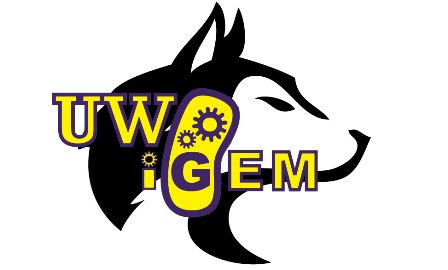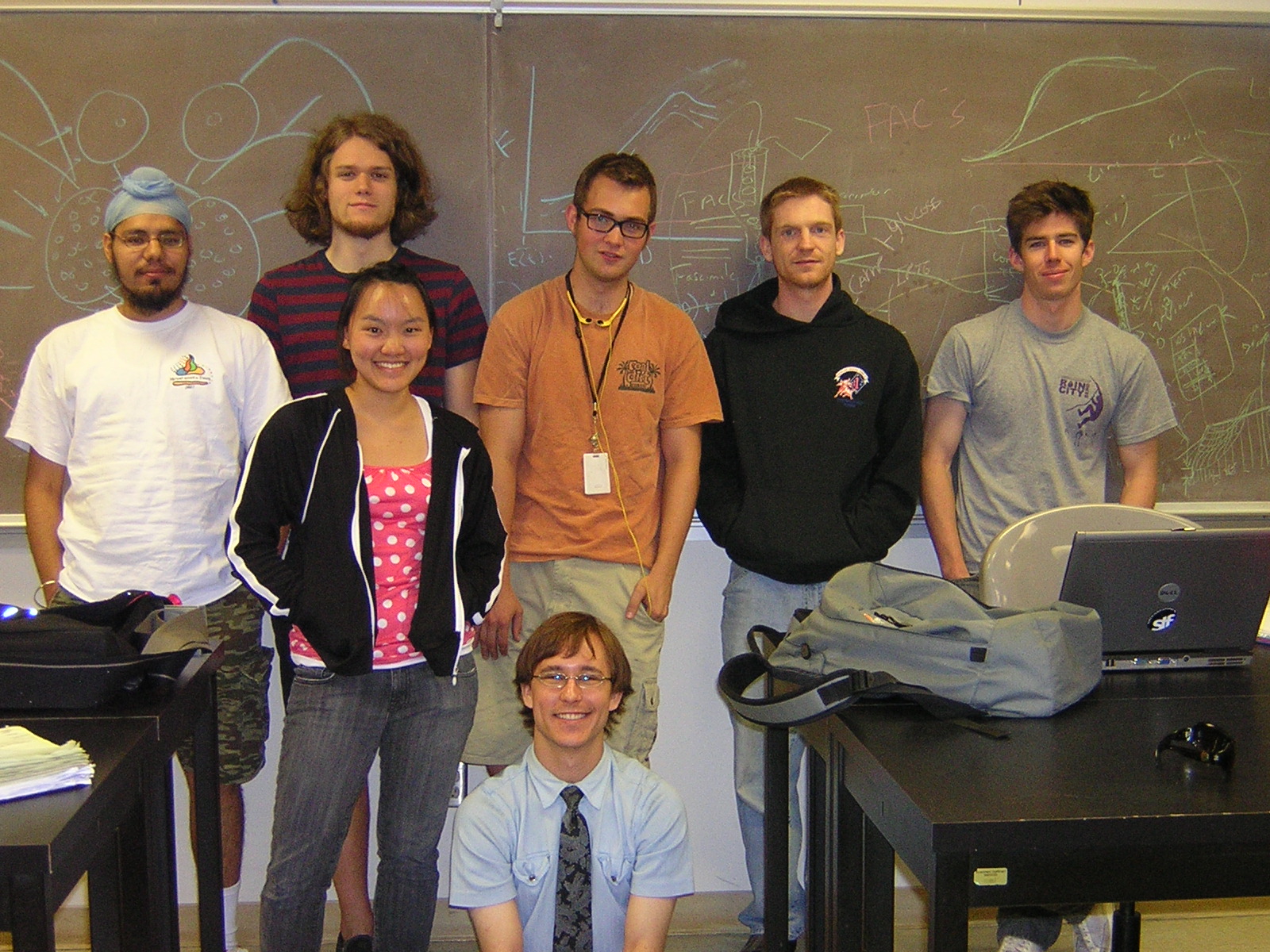Team:University of Washington
From 2008.igem.org
| Line 9: | Line 9: | ||
#content{ | #content{ | ||
background:#FFdd00; | background:#FFdd00; | ||
| - | border-left-color: | + | border-left-color:#FFdd00; |
| - | border-right-color: | + | border-right-color:#FFdd00; |
} | } | ||
| + | #footer-box { | ||
| + | border-top-color:#FFdd00; | ||
| + | border-right-color:#FFdd00; | ||
| + | border-bottom-color:#FFdd00; | ||
| + | border-left-color:#FFdd00; | ||
| + | background:#FFdd00; | ||
| + | } | ||
</style> | </style> | ||
</head> | </head> | ||
</html> | </html> | ||
| + | |||
{| style="color:Gold;background-color:#0b0c0a;border-color:#6b0c6a;" cellpadding="4" cellspacing="5" border="5" width="99%" align="center" | {| style="color:Gold;background-color:#0b0c0a;border-color:#6b0c6a;" cellpadding="4" cellspacing="5" border="5" width="99%" align="center" | ||
!align="center"; style="border-color:#6b0c6a;background-color:#500050"|[[Team:University_of_Washington|Home]] | !align="center"; style="border-color:#6b0c6a;background-color:#500050"|[[Team:University_of_Washington|Home]] | ||
| Line 30: | Line 38: | ||
| - | [[Image:UW iGEM Logo small.jpg]][[Image:WashingtonColorSeal-21-clip.gif | + | {| style="color:Gold;background-color:#0b0c0a;border-color:#6b0c6a;" cellpadding="4" cellspacing="5" border="5" width="99%" align="center" |
| + | !align="center";style="border-color:#6b0c6a"|[[Image:UW iGEM Logo small.jpg]] | ||
| + | |} | ||
| + | {| style="color:Gold;background-color:#0b0c0a;border-color:#6b0c6a;" cellpadding="4" cellspacing="5" border="5" width="99%" align="center" | ||
| + | !align="center";style="border-color:#6b0c6a"|[[Image:WashingtonColorSeal-21-clip.gif|300px]] | ||
| + | |} | ||
| - | |||
== Abstract == | == Abstract == | ||
| Line 40: | Line 52: | ||
The conjugative plasmids transferred from ''E. coli'' to ''S. cervisiae'' will confer the ability for yeast to perform some adaptive function; in our case, it will be the ability to digest lactose. We will induce the production of conjugation machinery in ''E. coli'' under conditions where lactose is prevalent, glucose is minimal, and yeast proximity is sensed via a yeast-produced signaling molecule. The use of mutualistic interactions under conditions of selective pressure will assist in maintaining long-term functionality of genetic circuitry. Future directions for this project might include clinical gene delivery, more reliable transformation of other eukartyoes, and interacting multiple-organism systems. | The conjugative plasmids transferred from ''E. coli'' to ''S. cervisiae'' will confer the ability for yeast to perform some adaptive function; in our case, it will be the ability to digest lactose. We will induce the production of conjugation machinery in ''E. coli'' under conditions where lactose is prevalent, glucose is minimal, and yeast proximity is sensed via a yeast-produced signaling molecule. The use of mutualistic interactions under conditions of selective pressure will assist in maintaining long-term functionality of genetic circuitry. Future directions for this project might include clinical gene delivery, more reliable transformation of other eukartyoes, and interacting multiple-organism systems. | ||
| + | {|style= align="center" | ||
[[Image:UW Team.jpg|thumb|500px|center|'''Back row, left to right:''' Param, Jeff, Alec, Bryan, Tyler '''Front:''' Faifan, Scott ]] | [[Image:UW Team.jpg|thumb|500px|center|'''Back row, left to right:''' Param, Jeff, Alec, Bryan, Tyler '''Front:''' Faifan, Scott ]] | ||
| - | + | |} | |
| - | + | ||
<!--- The Mission, Experiments ---> | <!--- The Mission, Experiments ---> | ||
Revision as of 20:20, 27 August 2008
| Home | The Team | The Project | Parts Submitted to the Registry | Modeling | Notebook | Protocols | BioBrick Parts Used | UW Glycerol Stocks |
|---|

|
|---|

|
|---|
Abstract
Our project seeks to control transfer of genetic material across phylogenetic domains. Specifically, we will attempt to transfer conjugative plasmids from the prokaryote Escherichia coli (domain Bacteria) to the yeast Saccharomyces cervisiae (domain Fungi). However, the design is intended to promote modular substituion to enable usage across different organisms and under various conditions. In our particular design, the bacteria will express conjugative machinery and transfer genetic material in the presence of certain molecular signals, the absence of others, and only when yeast is present.
The conjugative plasmids transferred from E. coli to S. cervisiae will confer the ability for yeast to perform some adaptive function; in our case, it will be the ability to digest lactose. We will induce the production of conjugation machinery in E. coli under conditions where lactose is prevalent, glucose is minimal, and yeast proximity is sensed via a yeast-produced signaling molecule. The use of mutualistic interactions under conditions of selective pressure will assist in maintaining long-term functionality of genetic circuitry. Future directions for this project might include clinical gene delivery, more reliable transformation of other eukartyoes, and interacting multiple-organism systems.
 "
"
